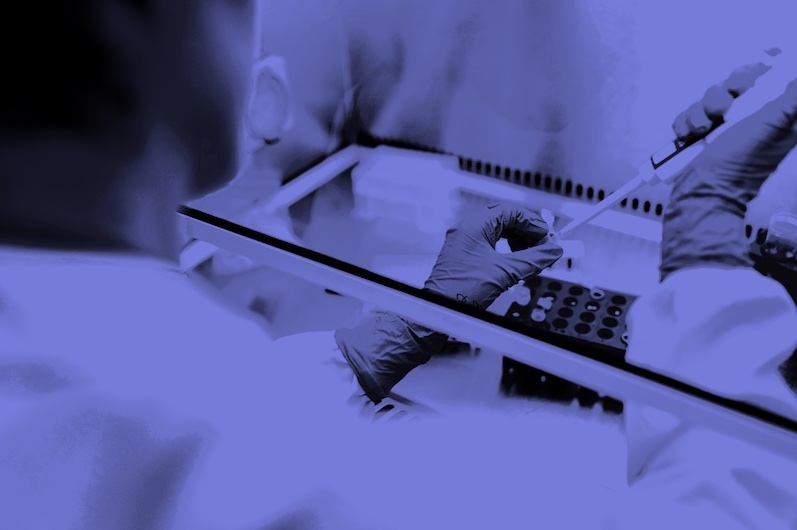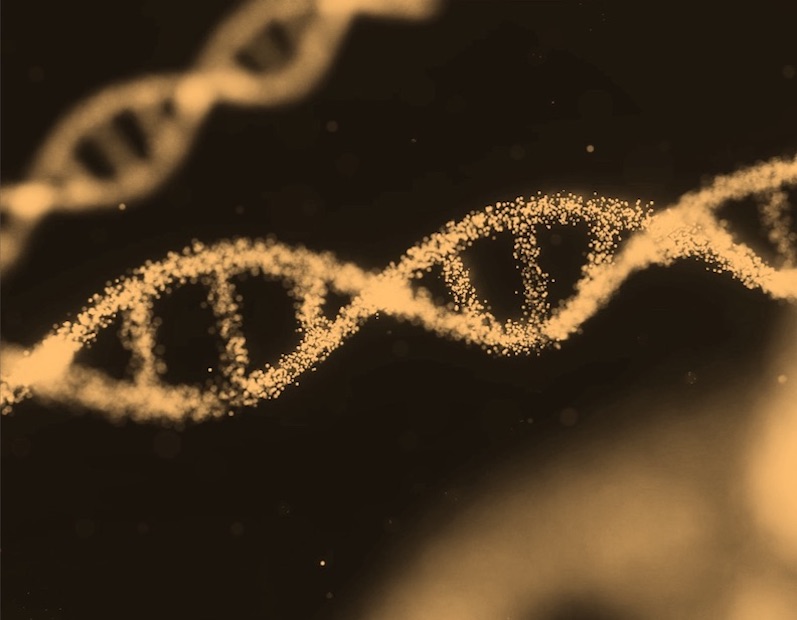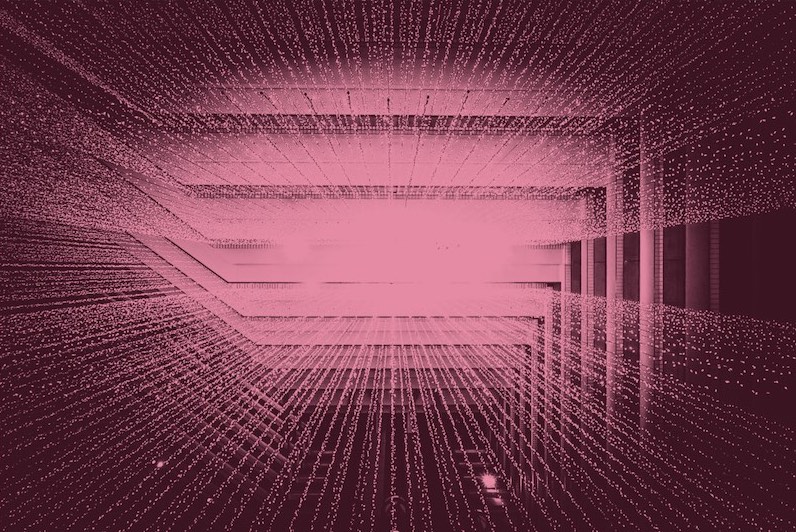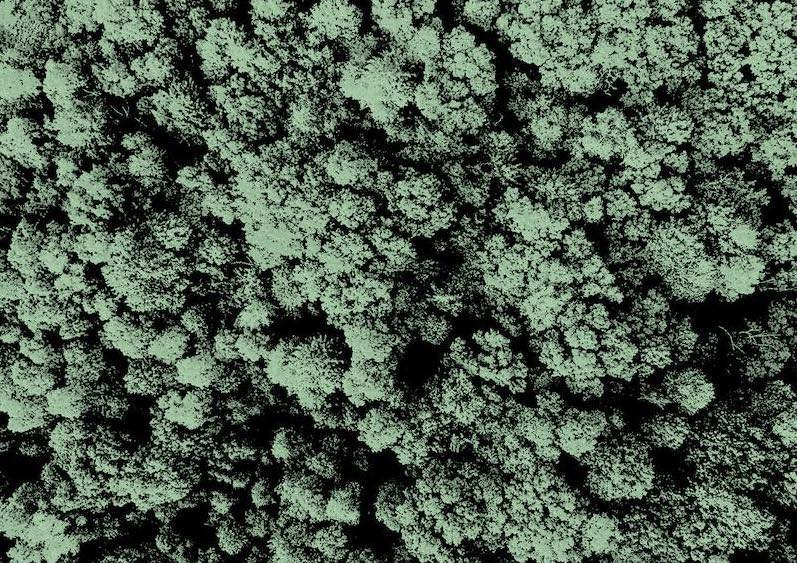What is it about?
The plasma membrane of Paramecium aurelia is covered with a surface coat that was visualized in electron microscopy after the usage of ruthenium red method of Luft preceded by enzyme treatment. Results obtained after digestion with pronase, trypsin and neuraminidase suggest the glycoprotein nature of this structure. Lipid extraction also affects the surface coat forming material.
Featured Image
Why is it important?
The results are consistent with the model proposed by Ginsburg and Kobata dealing with spatial configuration of the surface coat components. This article was published in Z. Zellforsch. 143, 343--353 (1973) © by Springer-Verlag 1973 and its full title is: 'Studies on the Surface Coat of Paramecium aurelia.I. Ruthenium Red Staining and Enzyme Treatment '
Perspectives

The data obtained gave the inspiration to further experiments described in the next publication: 'Studies on the Surface Coat of Paramecium aurelia.II. Relationship to the Immobilization Antigen' by E.Wyroba
Professor Elzbieta Wyroba
Nencki Institute of Experimental Biology
Read the Original
This page is a summary of: Studies on the surface coat of Paramecium aurelia, Cell and Tissue Research, September 1973, Springer Science + Business Media,
DOI: 10.1007/bf00307420.
You can read the full text:
Contributors
The following have contributed to this page







